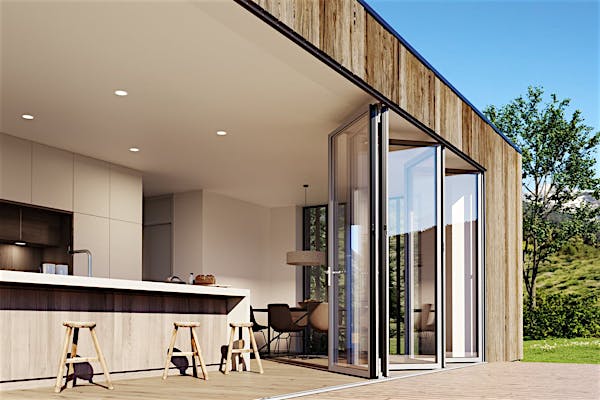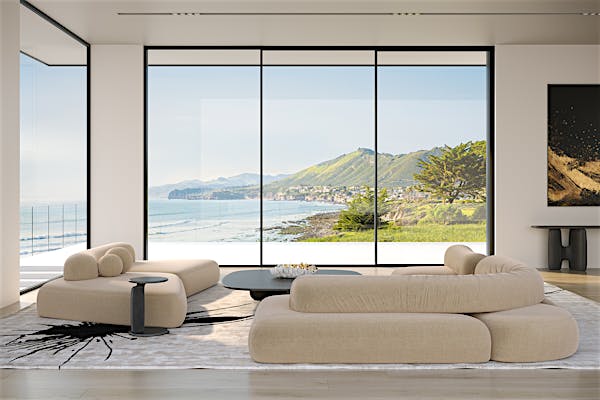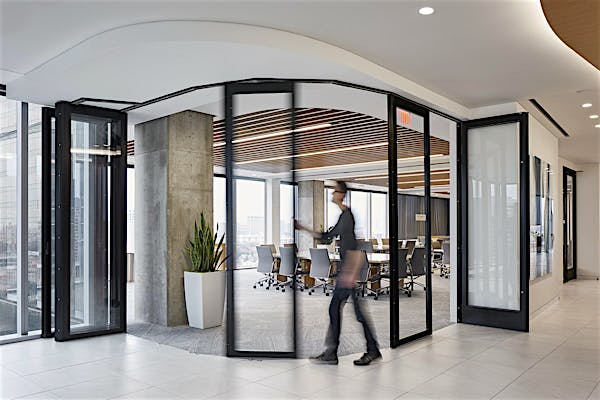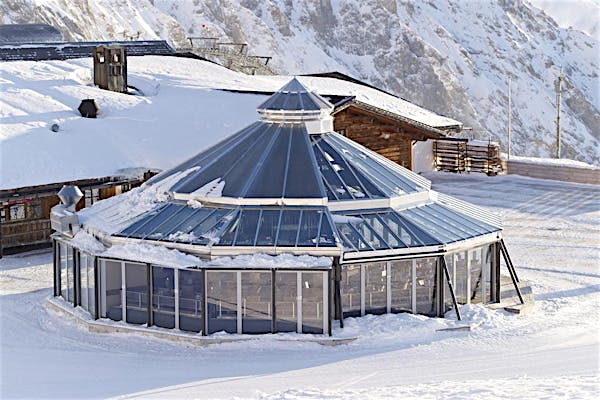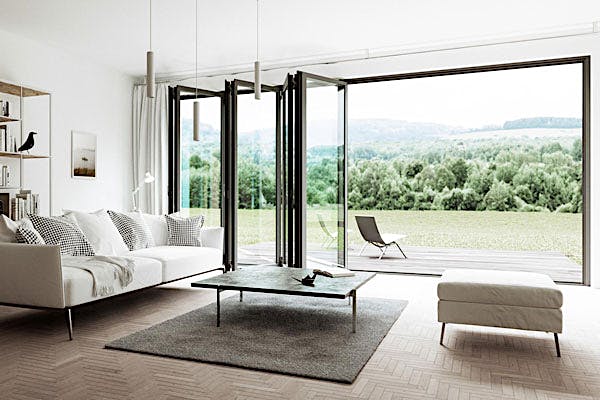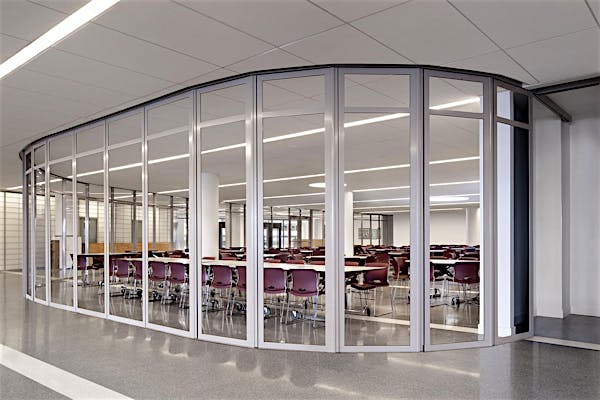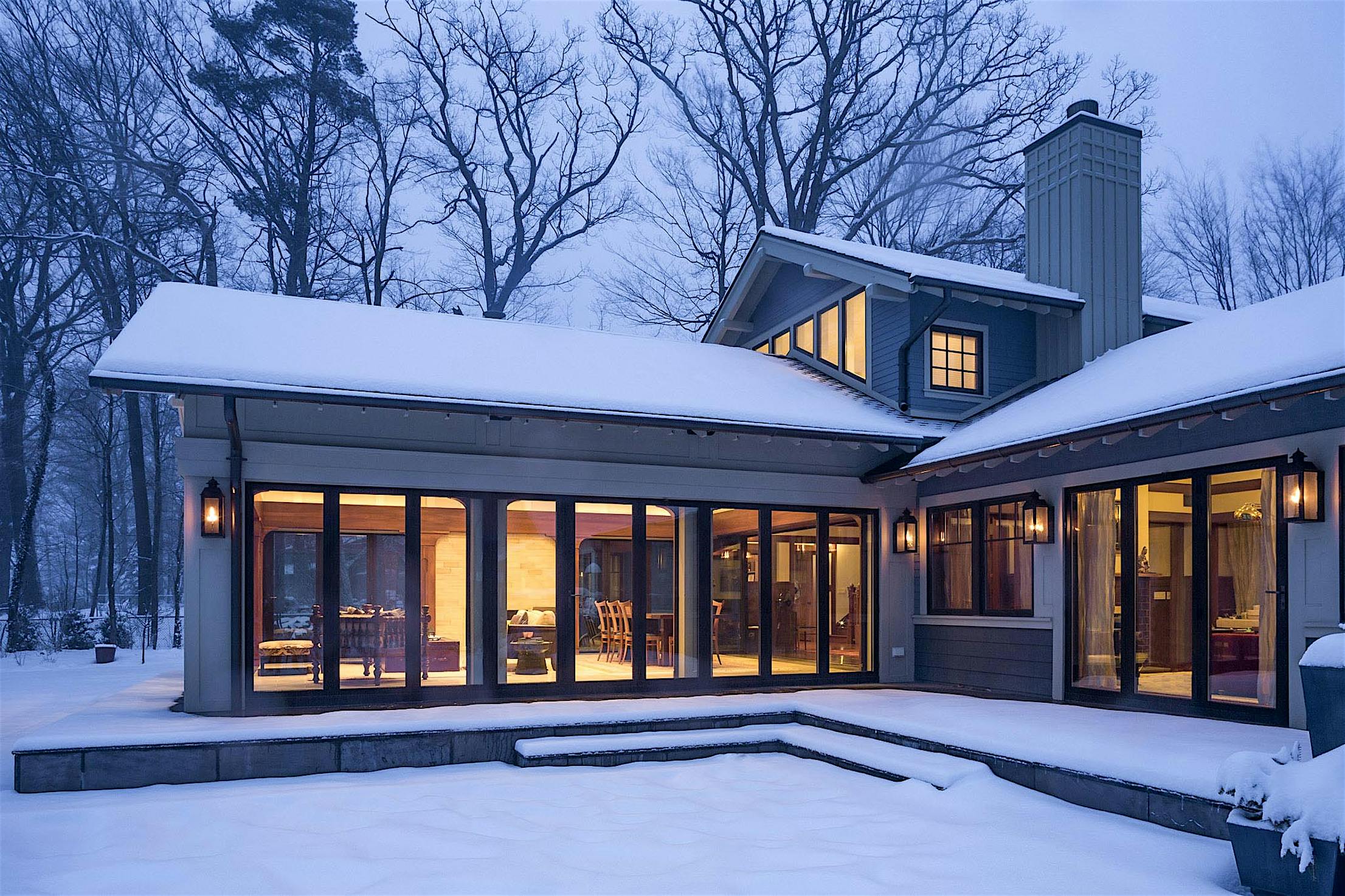
As the air begins to get crispier, it might be time to replace those drafty old windows and doors with energy-efficient insulated glass walls. But how does one choose the right one? When it comes to moving glass wall systems, the expectation lies in their ability to keep temperatures at bay and maintain comfortable interiors—even right up against the glass and frames. Most importantly, however, is to seek energy-efficient fenestration that will also decrease energy costs in the long run. A good place to start when choosing the ideal product is understanding the two components that make up moving glass wall systems: frame material, glass, and of course, the special magic of premium engineering.
Wood vs. Aluminum: Which is the Most Energy-Efficient?
NanaWall Systems offers both wood and aluminum framed moving glass wall systems. Wood is a recognized insulative material which, aside from its timeless elegance, it is the preferred choice for colder climates though it does require some upkeep. Aluminum on the other hand is a well-known heat and cold conductor and a seemingly less attractive option for energy efficiency yet the durable material requires little maintenance. To counteract this conductivity, NanaWall thermally broken systems incorporate insulation built into the aluminum frames, ensuring thermal performance in the toughest climates.
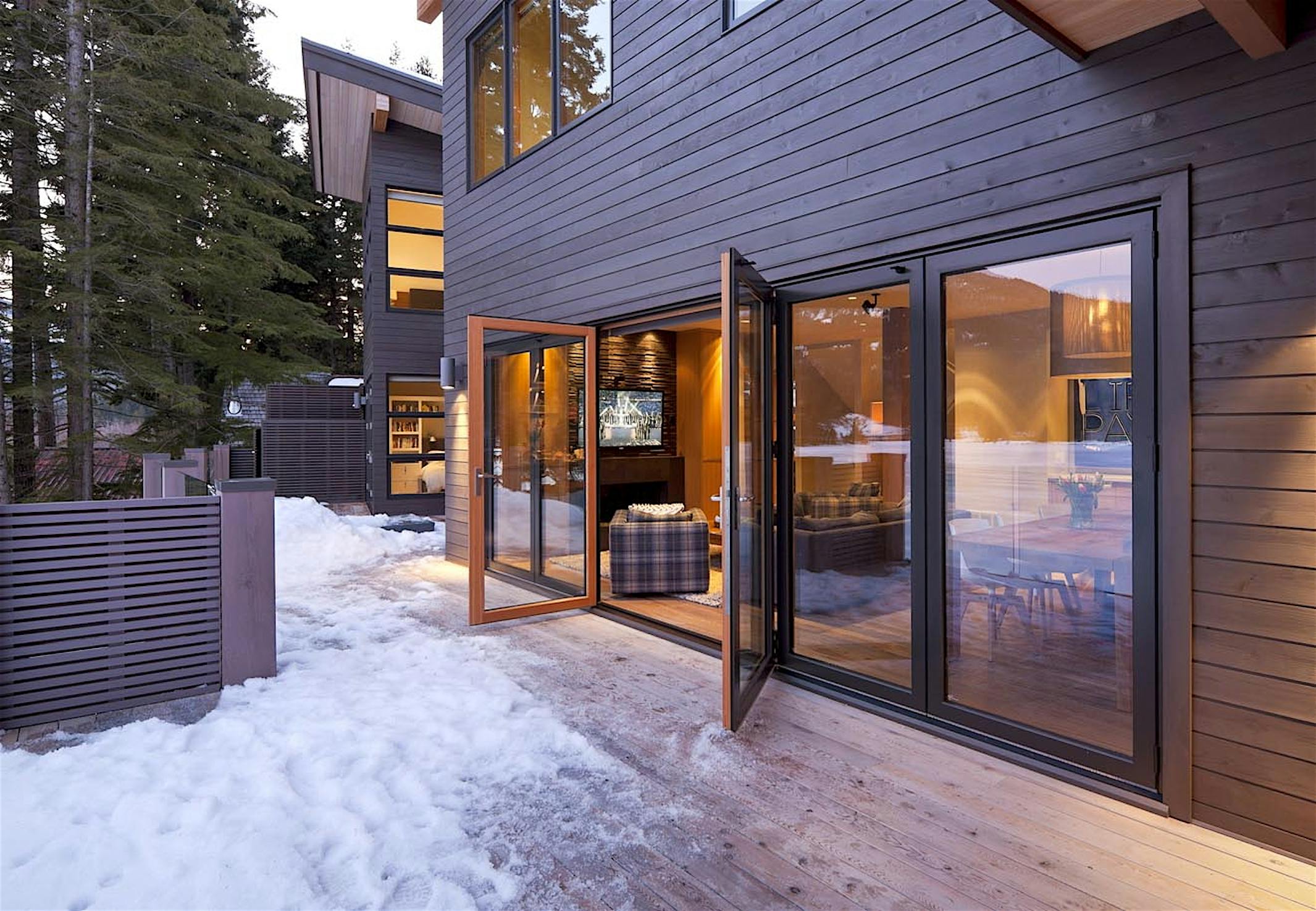
Wood versus aluminum? Why not both? Offering the best of both worlds, NanaWall aluminum clad WA67 features a solid wood frame on the inside with protective aluminum cladding on the outside. This aluminum clad folding glass wall was designed with a space in between the wood and aluminum that allows moisture to escape and prevent warping.
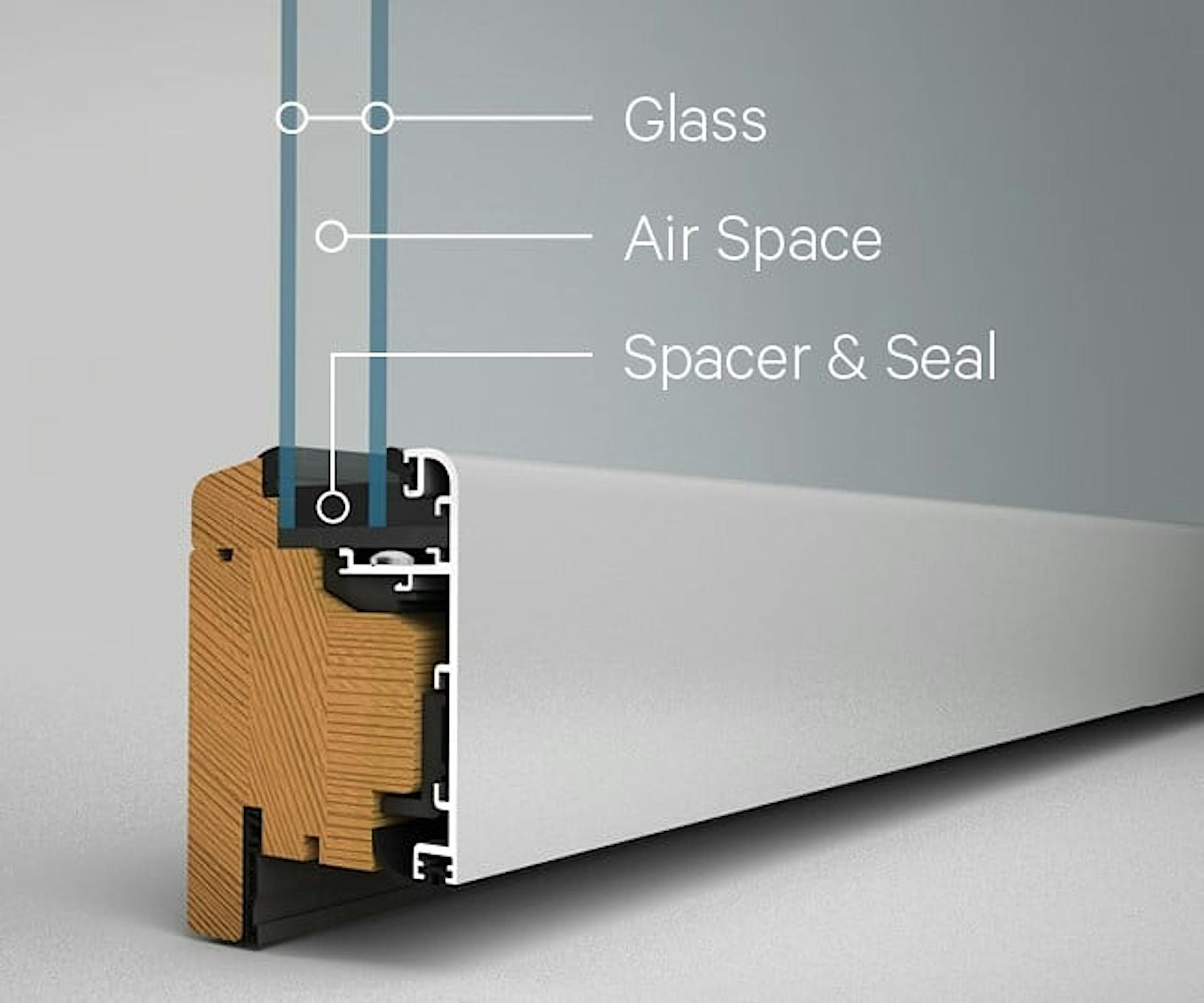
Understanding Glass Options
Glazing refers to the layers of glass featured in a wall or window and is an essential aspect of your home’s ability to prevent or retain heat buildup. As single glazed glass options offer the least insulative values, double glazed or IGU glazing is recommended. NanaWall offers triple glaze insulated glass walls, the most energy-efficient available and suitable for more extreme cold weather climates.
The world of glass is a planet all unto itself; it is ever improving and there are more glass types than we can count. So, we will address the basics.
To improve the thermal efficiency of glass, panes are offered at different thicknesses, with or without specialized coatings, and varying air space depths with air/gas options. One would typically see argon gas in between double or triple glazed panes as an insulative reinforcement. Argon is a non-toxic gas that is six times denser than air, offering better thermal protection.
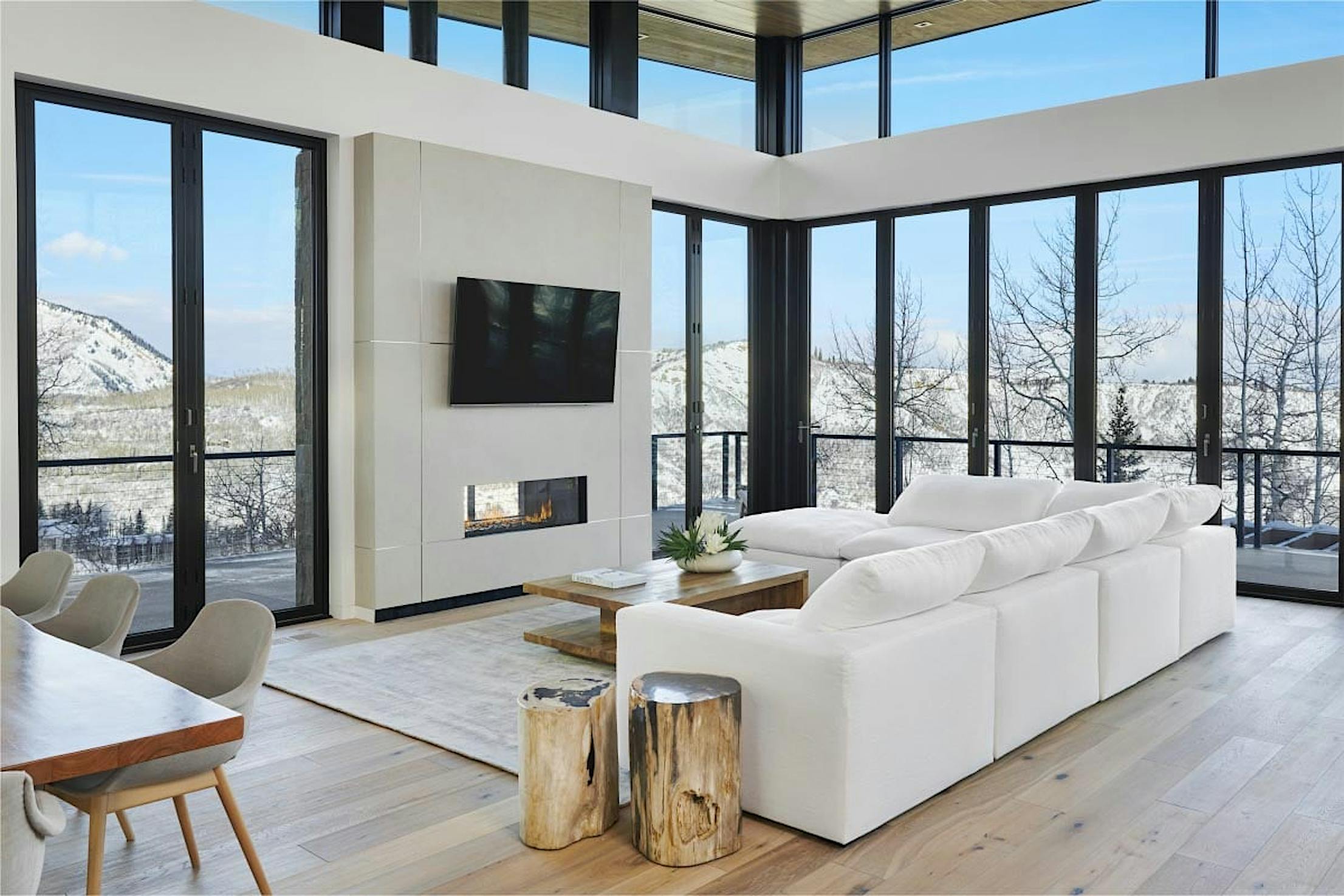
What Certifies Insulated Glass Walls?
All NanaWall moving glass wall systems, except our frameless systems primarily intended for interiors, are NFRC certified. But what exactly does that entail? NFRC-certified fenestration products are independently tested, certified, and labeled upon four different categories that measure energy performance.
U-Value measures heat transmission through a building component. The lower the number the less heat loss products experience. In colder climates, where retaining heat is necessary, moving glass wall systems with low U-Values are required.
SHGC, or Solar Heat Gain Coefficient, indicates the amount of sunlight that converts into heat as it penetrates glass and into a home. The lower the number the less solar heat makes it through the glass.
Visible Transmittance measures how well a product is designed to light your home with daylight effectively. The higher the number the more natural light is let in.
Air Leakage indicates the amount of air that enters through a product. The lower the number the less drafty a product is.
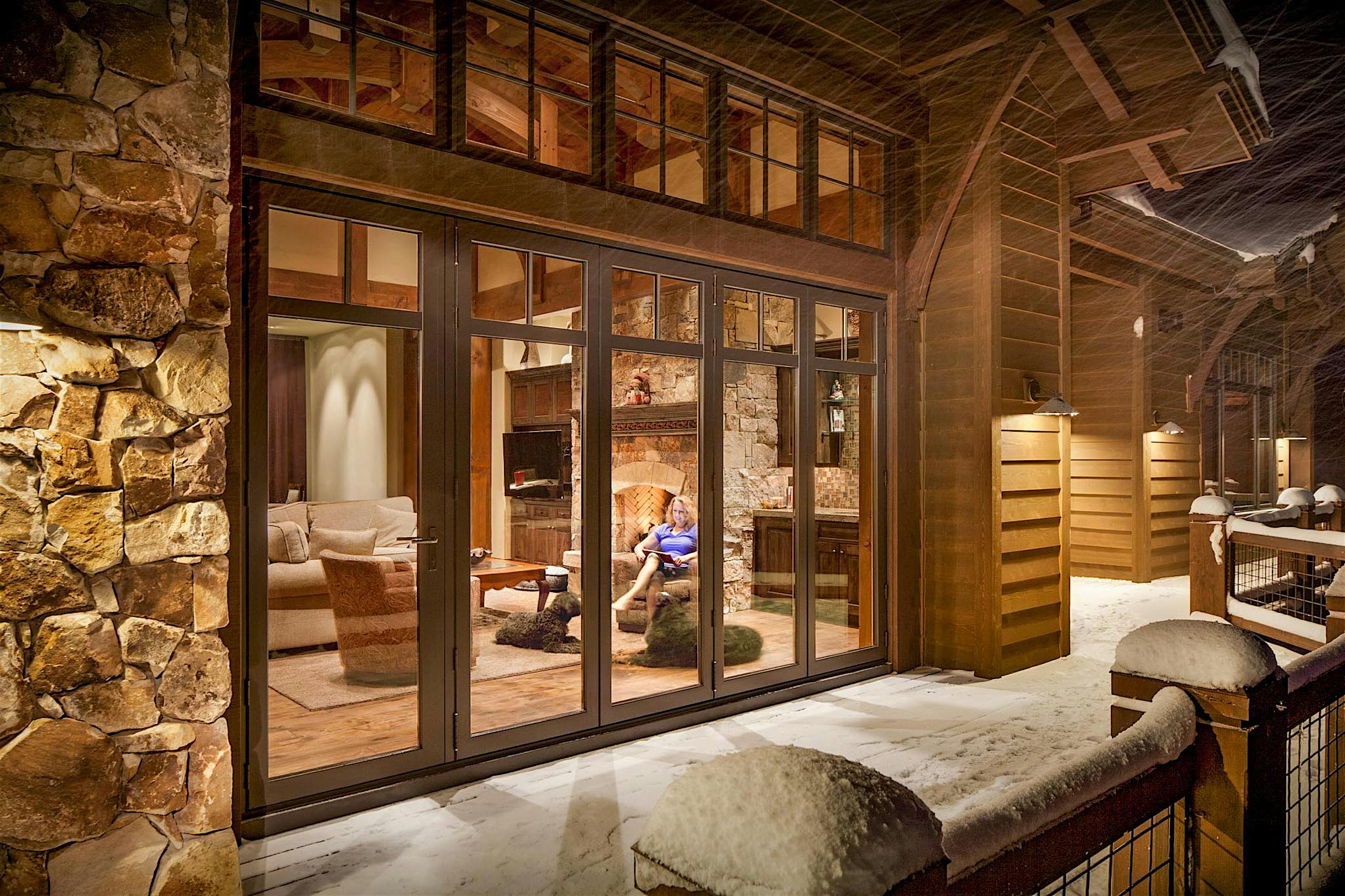
How Do Insulated Glass Walls Save Me Money?
NanaWall systems are built to perform year-over-year. With advanced NanaWall engineering, insulated glass walls incorporate additional enhancements to ensure the least amount of heat/cold transfer. This means your air conditioner or heater is working less to keep your home nice and cozy, and in the process decreasing your energy costs. Specialized weather seals, thermal breaks, gaskets, and brushes enhance the performance of NanaWall insulated glass walls.
Weather-resistant sills are thermally broken and available to increase the durability of NanaWall moving glass wall systems. Our Performance Sill is recommended for utmost weather protection and energy efficiency in extreme climate conditions.
Thinner Frames offer more glass and therefore more visible light transmittance. The more glass available the more natural light enters interiors and decreases the need for artificial lighting and your energy bill.

Final Thoughts
Whether you are prone to blistering snowstorms or unexpected heat waves, there is NanaWall system that can meet the energy efficiency demands of your environment. Engineered insulative enhancements have allowed wood, aluminum, and clad glass walls to be an option where thermal efficiency is a concern, giving way to broader design options and different aesthetics. Insulated glass walls are a worthy investment that maintain comfortable interiors while decreasing energy costs in the long run. Energy-efficient walls ensure year-round performance while decreasing energy costs and enhancing your indoor/outdoor lifestyle.
Discover the endless benefits of NanaWall insulated glass walls in our Cold Weather Climates dedicated page.
